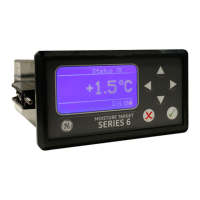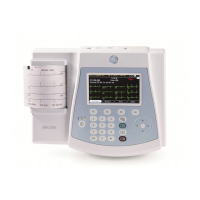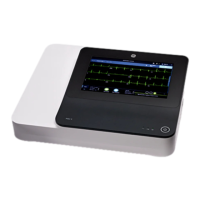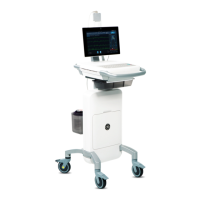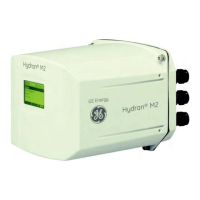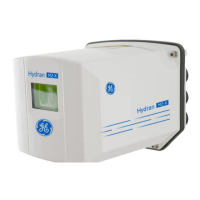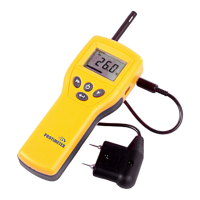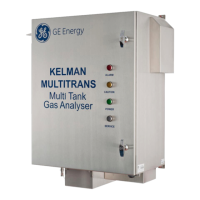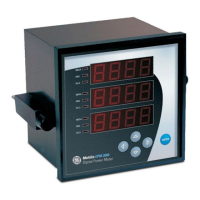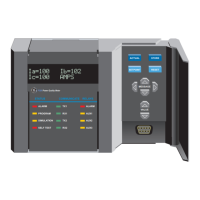GE Analytical Instruments ©2006 13-9 DLM 14291 Rev. A
of 5 µL is a good injection volume and will allow construction of calibration
curves down to ~0.2 µM. For best results using the 10 µL syringes, injection
volumes should be between 2 to 8 µL. For measurement of lower
concentrations, injection of 10 to 100 µL will be required using larger syringes.
For a 100 µL injection, calibration curves down to 10 nM can be constructed.
Water Blanks
As with the nitrite reducing agent, injection of water into fresh VCl
3
/HCl will
initially result in a large peak with additional injections yielding smaller peaks.
Nitrate is a common contaminant in water and the level of nitrate in the water
will determine the lowest concentration of nitrate that can be measured in
samples. Before analyzing standards or samples, several water injections
should be made until small, repeatable peaks are obtained.
Injection Technique
For best results, develop a standard procedure for the injections. One approach
that works well is:
• Rinse the syringe once or twice with the sample and then pump the syringe
several times in the sample to remove any air bubbles.
• Draw the plunger up to the desired volume, remove the needle from the
sample and then draw the plunger back to pull the sample into the barrel of
the syringe.
• Use a Kimwipe® or paper towel to wipe the outside of the needle.
• To insert the syringe into the purge vessel, it helps use to one hand to help
guide the needle through the septum on the purge vessel.
• Push the syringe all the way down until the barrel rests on the top of the
screw cap. The end of the needle should be in the liquid reducing agent.
• Rapidly depress the plunger to transfer the liquid into the purge vessel.
• Withdraw the syringe, wipe the needle to remove any reducing agent and
then rinse the syringe two or more times with deionized water.

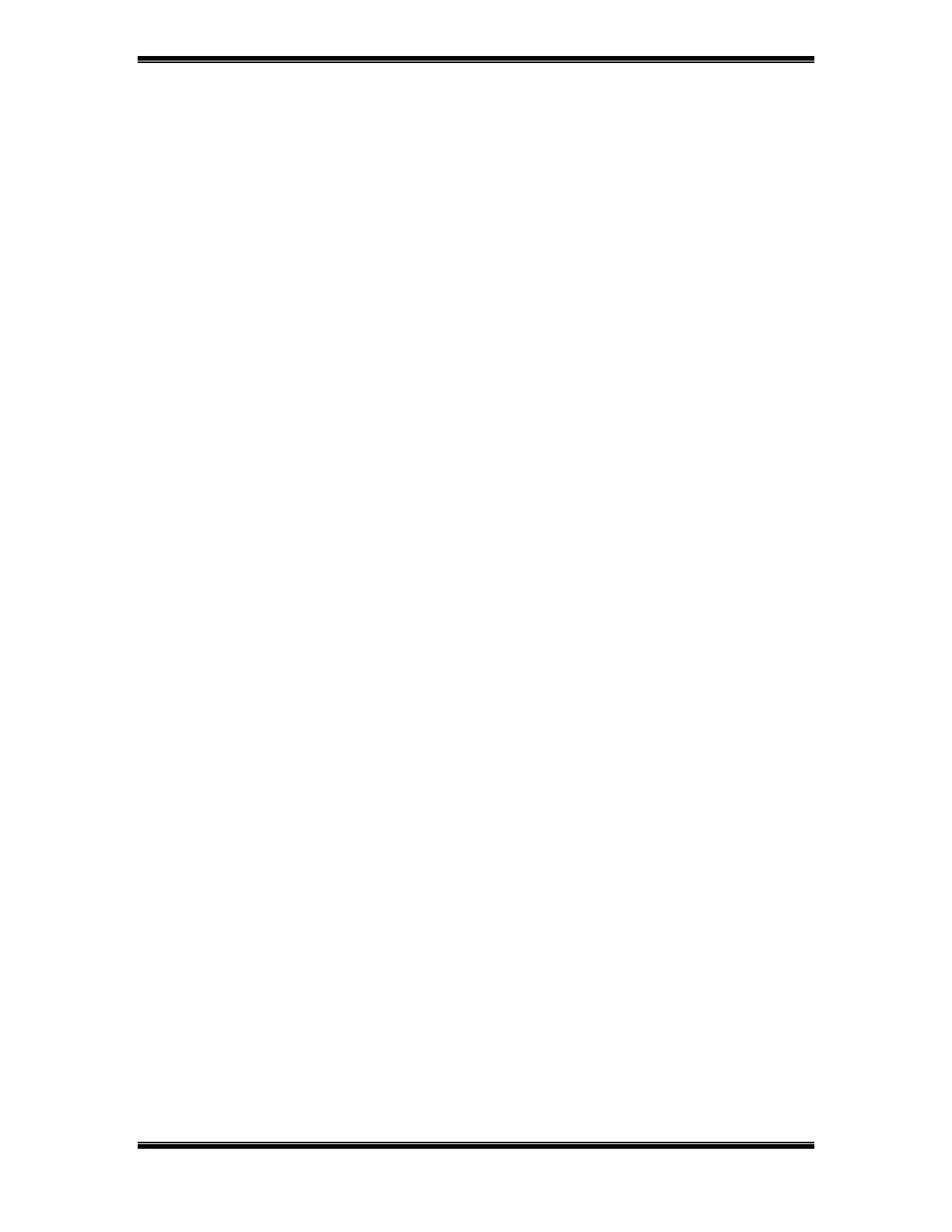